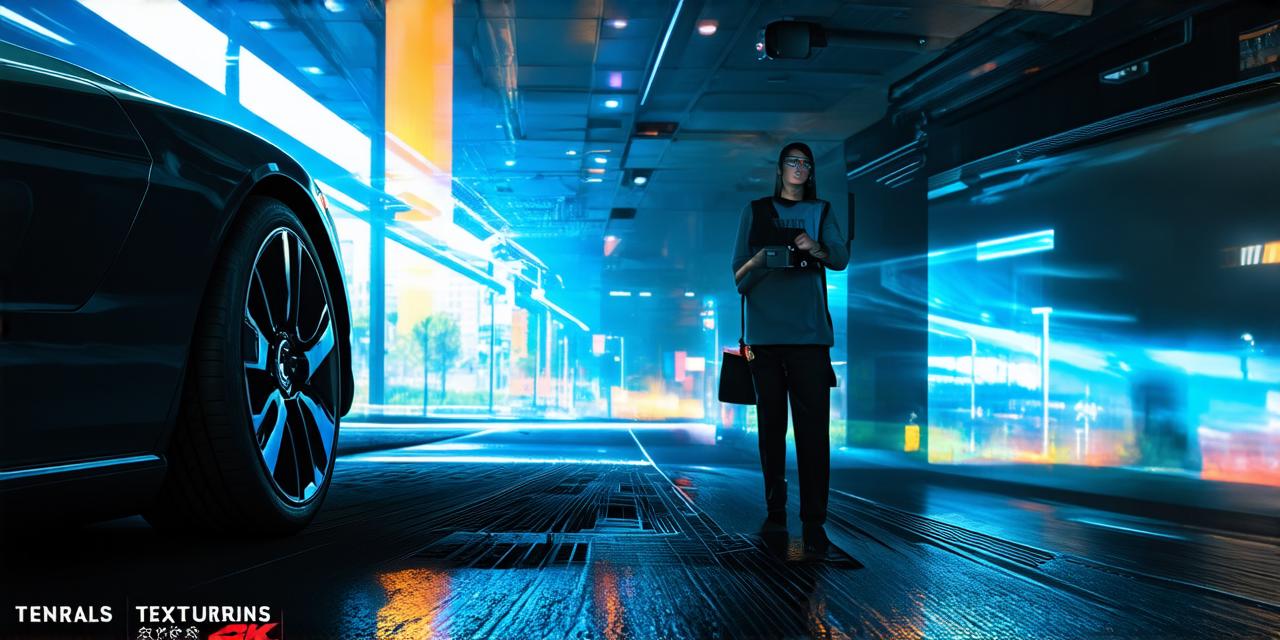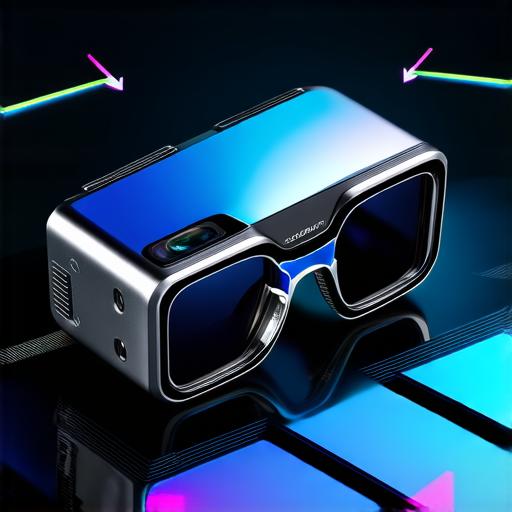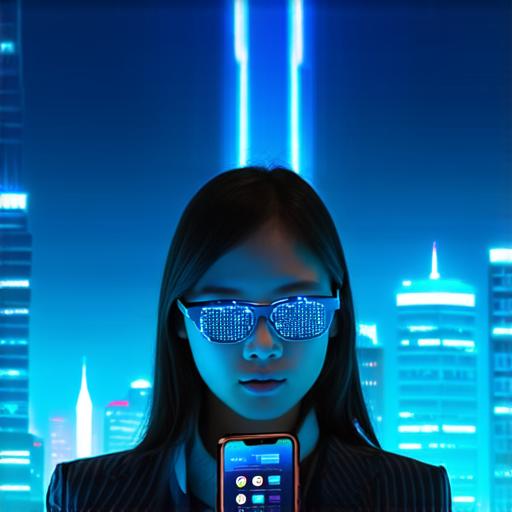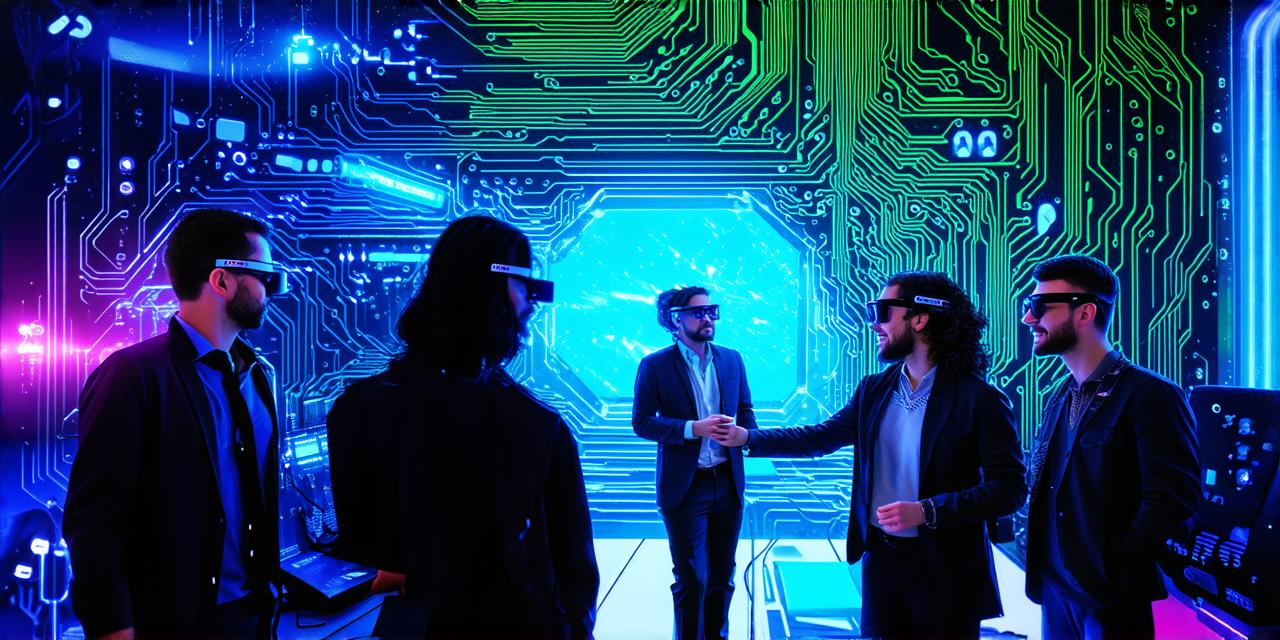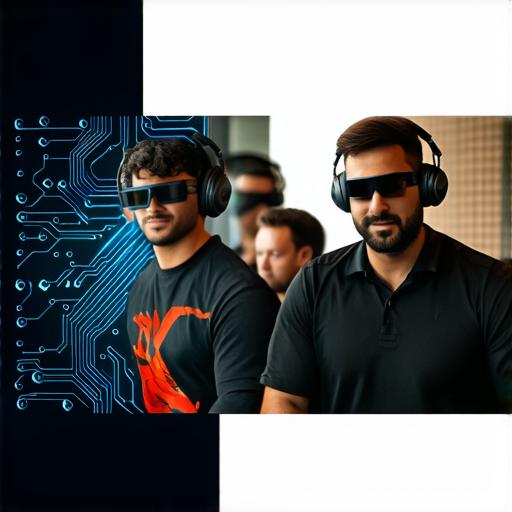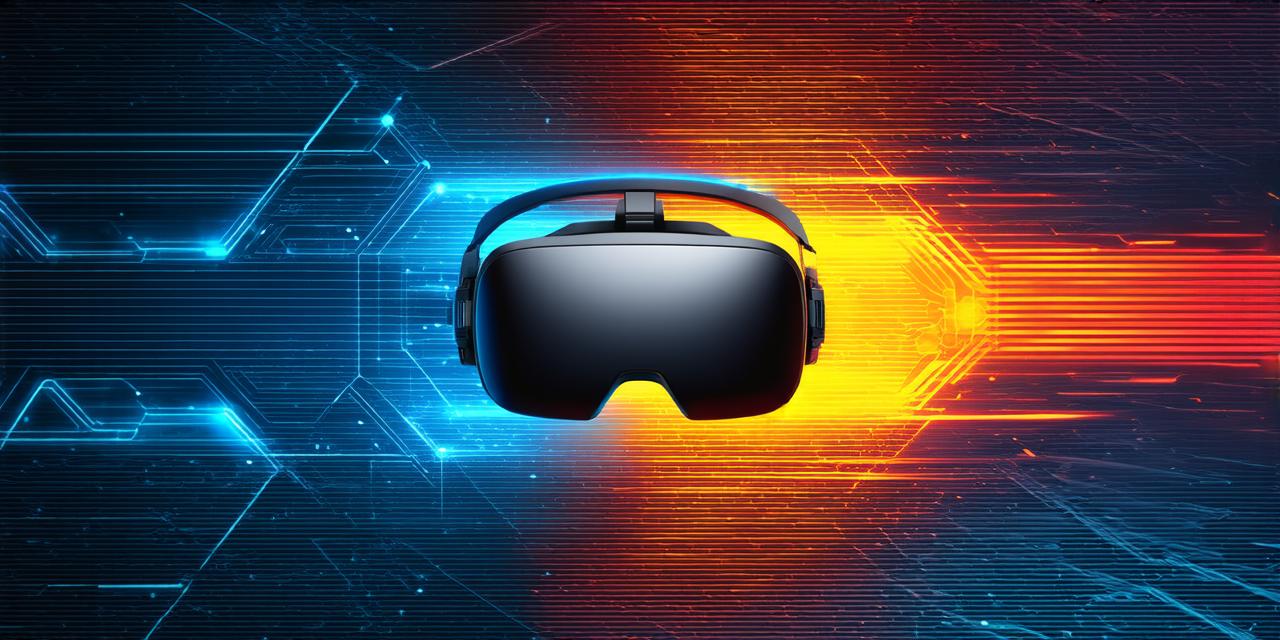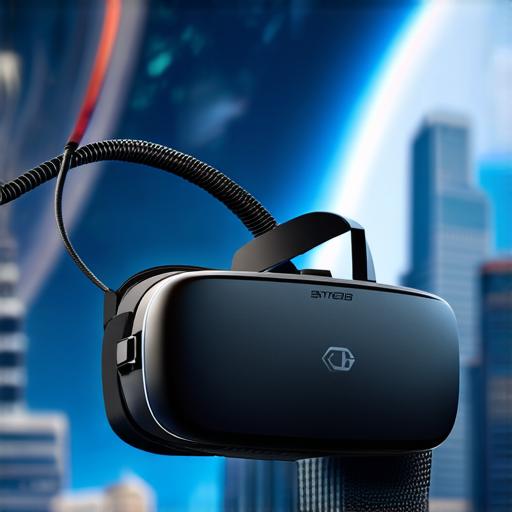Introduction
Augmented reality (AR) is revolutionizing the way we interact with digital content. From gaming to education, AR is changing the landscape of digital experiences. In recent years, AR has also found its way into the world of darts. Augmented reality darts are a new form of interactive game that combines traditional dart throwing with cutting-edge technology.
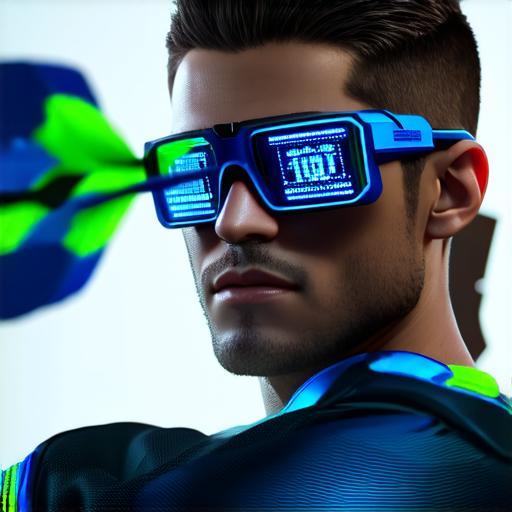
The History of Augmented Reality Darts
AR darts have a rich history that dates back to the early days of gaming. In the 1960s, pioneers of the video game industry began experimenting with new forms of interactive entertainment. One such innovation was the creation of AR games, which combined real-world environments with digital content.
AR darts were first introduced in the early 2000s as a way to bring traditional dart games into the digital age. Early versions of AR darts used sensors and cameras to track the movement of darts in mid-air, allowing players to see their progress on a virtual screen. As technology advanced, AR darts evolved to include more advanced features, such as customizable avatars and virtual environments.
The Features of Augmented Reality Darts
AR darts are designed to provide an immersive and interactive gaming experience. Some of the key features of AR darts include:
1. Sensors and cameras: AR darts use sensors and cameras to track the movement of darts in mid-air, providing players with a unique and immersive gaming experience.
2. Customizable avatars: Players can create their own avatars and customize them with different outfits, hairstyles, and accessories.
3. Virtual environments: AR darts allow players to compete in virtual environments, such as indoor arenas or outdoor fields.
4. Multiplayer mode: Players can compete against each other in multiplayer mode, either locally or online.
5. Progress tracking: AR darts track progress over time, allowing players to see their improvement and set new goals for themselves.
The Benefits of Augmented Reality Darts
AR darts offer a number of benefits, including:
1. Improved hand-eye coordination: Playing AR darts requires players to be highly skilled in hand-eye coordination, which can help improve overall motor skills and dexterity.
2. Enhanced cognitive function: AR darts require players to think strategically and make quick decisions under pressure, which can help improve cognitive function.
3. Increased physical activity: AR darts are a fun and interactive way to get physical exercise, making them an excellent option for people of all ages.
4. Social interaction: AR darts provide an opportunity for social interaction, whether players are competing against each other locally or online.
5. Customization: Players can customize their avatars and virtual environments to their liking, making the game more personalized and engaging.
The Latest Developments in Augmented Reality Darts
AR darts are constantly evolving, with new technologies and features being developed all the time. Some of the latest developments in AR darts include:
1. Virtual reality (VR): Many AR dart games now include VR support, allowing players to fully immerse themselves in the game world.
2. Augmented reality glasses: AR glasses are becoming increasingly popular as a way to enhance the gaming experience, providing players with a more immersive and interactive experience.
3. Mobile apps: Many AR dart games are available for mobile devices, allowing players to play on-the-go.
4. Customizable controllers: Some AR dart controllers allow players to customize them with different colors, designs, and buttons, providing a more personalized gaming experience.
Summary
Augmented reality darts are an exciting new form of interactive game that combines traditional dart throwing with cutting-edge technology. From hand-eye coordination to cognitive function and social interaction, AR darts offer a number of benefits for players of all ages. With continued advancements in technology and the increasing popularity of VR, AR darts are set to become an even more immersive and engaging gaming experience in the years to come.
FAQs
1. What are augmented reality darts?
Augmented reality darts are a new form of interactive game that combines traditional dart throwing with cutting-edge technology. Players use sensors and cameras to track the movement of darts in mid-air. This allows them to see their progress on a virtual screen and provides them with a unique and immersive gaming experience.
2. How do augmented reality darts work?
Augmented reality darts use sensors and cameras to track the movement of darts in mid-air. This allows players to see their progress on a virtual screen and provides them with a unique and immersive gaming experience.
3. What are the benefits of playing augmented reality darts?
Augmented reality darts offer a number of benefits, including improved hand-eye coordination, enhanced cognitive function, increased physical activity, social interaction, and customization.
4. How have augmented reality darts evolved over time?
Augmented reality darts have evolved to include more advanced features, such as customizable avatars and virtual environments. They also incorporate VR support and mobile apps, allowing players to fully immerse themselves in the game world.

